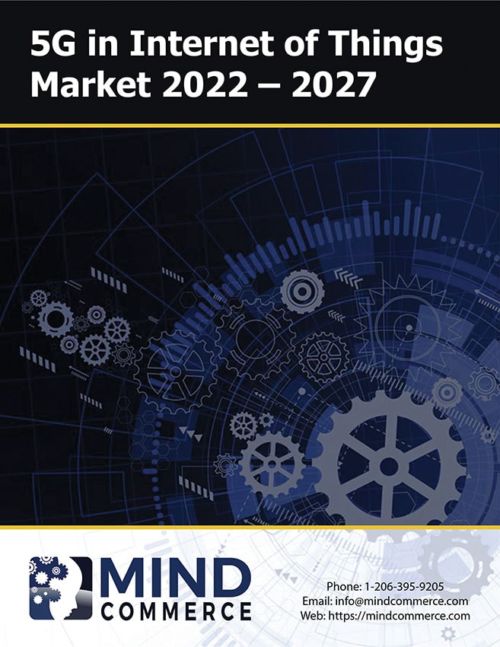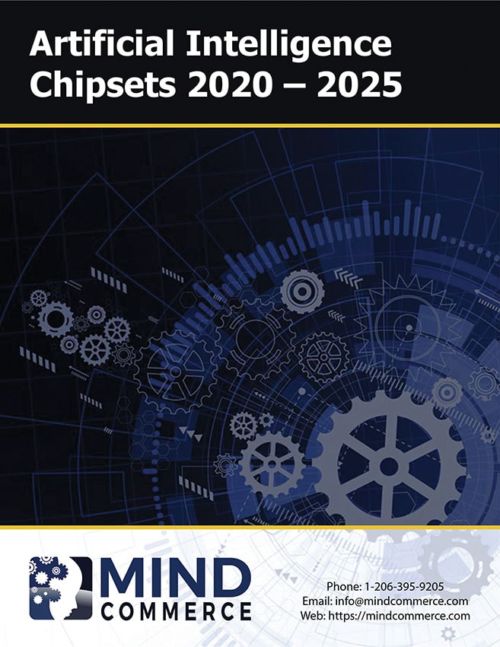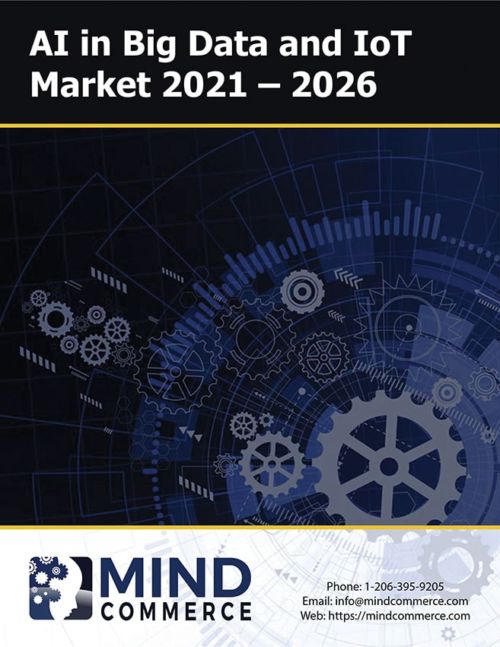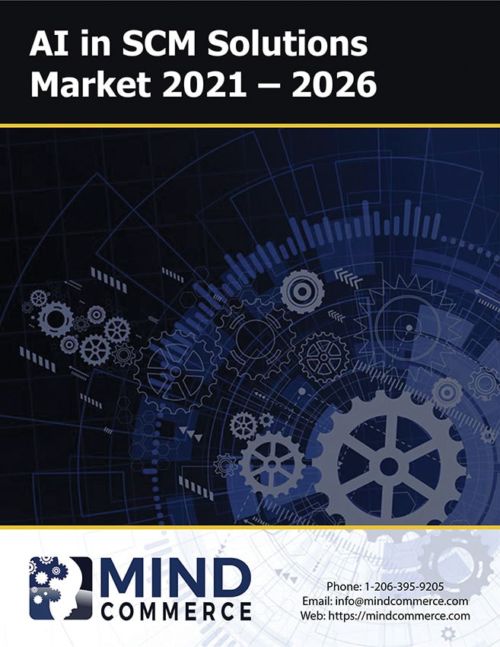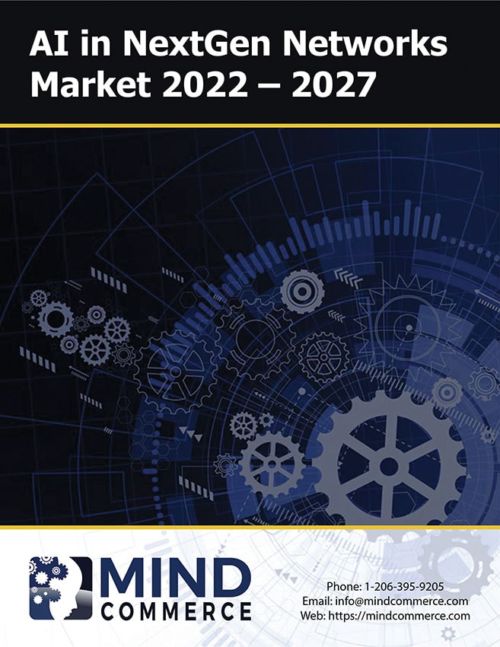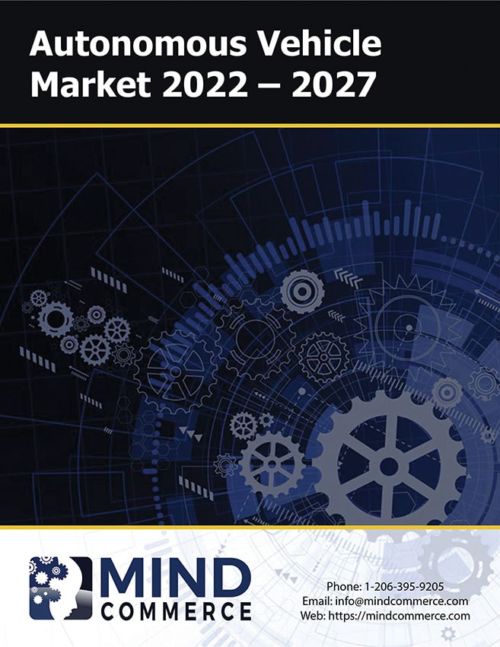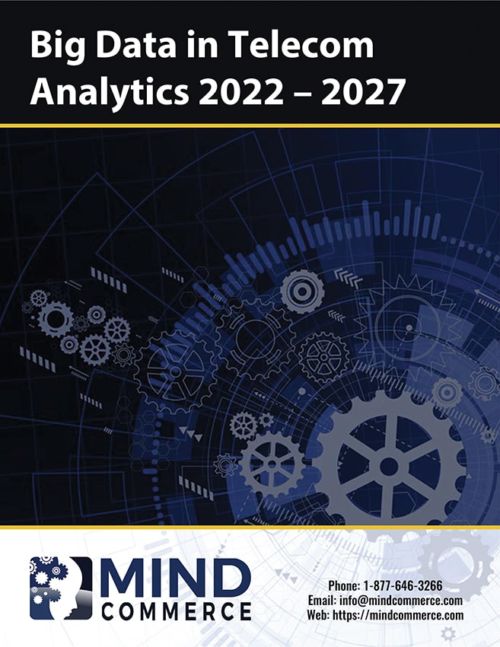
Data & Analytics Information and Reports
There have been unprecedented opportunities in recent years for data mining various sources within ICT including network operator data (wireless and wired carriers, ISPs, cable operators) as well as social media companies such as Facebook. Much of this data is of the unstructured variety, meaning that there is a need to apply big data analytics tools and techniques to uncover relationships and ultimately convert data into useful information.
In addition, Internet of Things (IoT) networks, systems, and devices will continue to grow in terms of penetration and usage, which will represent a significantly large amount of unstructured data in need of big data analytics. Much of this data will be machine-generated, but some will be human-generated, but related to machine data. This is one of the areas that data analytics will be called upon to support decision making, along with various artificial intelligence technologies. Mind Commerce data analytics reports cover a wide range of issues and opportunities across the entire ecosystem. Read More…
ICT Data Management and Analytics
 Data management is one of the most important aspects of administering telecommunications as network elements, customer care systems, application and services all require instructions to operate effectively. While some data is static, such as the location of a router or the core features of a subscriber, other data is dynamic and interrelated such as user generated data in social media.
Data management is one of the most important aspects of administering telecommunications as network elements, customer care systems, application and services all require instructions to operate effectively. While some data is static, such as the location of a router or the core features of a subscriber, other data is dynamic and interrelated such as user generated data in social media.
Big data technologies, tools, and techniques have been applied with great success in many industries to gain insights and to support data analytics necessary for decision making. The term “big data” pertains to a combination of complex physical infrastructure, data collection/mining techniques and integration, data security infrastructure, data storage management, and analytics, and data consumption.
Big data technologies are needed when there is a massive volume of data (too large for traditional data processing methods) and/or involve complex computations (beyond the scope of traditional data management tools), and/or require non-obvious (unstructured data) inferences between disparate data.
Various artificial intelligence technologies may be applied towards big data analytics to improve the ultimate conclusions, recommendations, and decision making. This is especially important when data veracity is in question, which is often the case with unstructured data.
A representative sample of Mind Commerce data analytics reports that cover a range of data management and information services topics include:
- Data Center Storage Market Outlook and Forecasts
- Big Data in Financial Services Industry: Market Analysis and Forecasts
- Enterprise Data Management: Business Intelligence, Analytics, and Data Discovery
- Big Data in Leading Industry Verticals: Retail, Insurance, Healthcare, Government, and Manufacturing
Data Analytics and Cloud Computing
Cloud infrastructure is perhaps best known today for support of Infrastructure as a Service (IaaS), Platform as a Service (PaaS), and Software as a Service (SaaS).
With virtually everything stored in the cloud, and accessible as a service, there is an almost limitless market for “Data as a Service” (DaaS) in which anything may be stored in a database. The data itself may be either structured or unstructured (e.g. requiring big data technologies) and the mean of realizing valuable information from the raw data will vary from solution-to-solution and scenario-to-scenario.
 In addition to centralized cloud services, it is also important to consider cloud computing at the edge of networks. For example, the term “fog computing” was coined by Cisco to refer to a decentralized computing network in which a portion of computational infrastructure is dispersed to the edge of networks. Fog Computing is closely associated with Internet of Things (IoT) networks as it is anticipated that there will be a need for many distributed computing nodes throughout IoT systems.
In addition to centralized cloud services, it is also important to consider cloud computing at the edge of networks. For example, the term “fog computing” was coined by Cisco to refer to a decentralized computing network in which a portion of computational infrastructure is dispersed to the edge of networks. Fog Computing is closely associated with Internet of Things (IoT) networks as it is anticipated that there will be a need for many distributed computing nodes throughout IoT systems.
Another example of distributed cloud computing is Multi-access Edge Computing (MEC), which is a term defined by the European Telecommunications Standards Institute (ETSI) to refer to edge computing in wireless networks including both cellular and non-cellular wireless. ETSI has defined MEC to support IoT as well as many other wireless and wired network applications and services.
Data analytics at the edge of networks is very different than centralized cloud computing as data is contextual (example: collected and computed at a specific location) and may be processed in real-time (e.g. streaming data) via big data analytics technologies.
Mind Commerce data analytics reports covering various cloud computing configurations and business models include:
- Mobile Edge Computing (MEC): Market Assessment and Forecasts
- Multi-access Edge Computing (MEC), Streaming IoT Data, and Analytics
- Multi-access Edge Computing (MEC) and Real-time Data in Smart Cities, Buildings, and Homes
- Big Data and Cloud Computing Solutions: Market Outlook for Services, Software, Platforms, and Infrastructure
Data as a Service
 The Data as a Service (DaaS) model is an emerging opportunity area for data owners and/or data caretakers to sell data to third parties.
The Data as a Service (DaaS) model is an emerging opportunity area for data owners and/or data caretakers to sell data to third parties.
This is sometimes referred to as an “Asymmetric Business Model” as the flows of data and transactions follow an asymmetric path as compared to the normal flow of commerce between a data owner/caretaker and their customers, consumer/retail and enterprise alike.
A very important aspect of this asymmetric business model is anonymization. Data must be anonymous at the individual level especially. Even at the group level, anonymization capability is very important to protect the identity and habits of end-users.
One example of DaaS would be a wireless carrier providing data to a credit card company such as Visa so that they can reduce fraud scores associated with various commerce activities. A specific example would be someone about to make a purchase for a large consumer appliance.
The merchant at the point of sale could verify their identity using various methods including querying for true identity over a telecom API to a telecom database. The use of other telecom assets such as presence detection or location determination may also be employed in this and other potential scenarios.
The Mind Commerce data analytics report, Data as a Service (DaaS) Market and Forecasts, assesses the technologies, solutions, and market opportunities associated with DaaS across a wide variety of industry verticals and data types.
Carrier DaaS
The DaaS model can apply to carriers who wish to use information and data analytics.
Data sources include:
- Subscription data
- Presence and location data
- Behavior data
- Preferences data
 This opportunity for communication service providers to sell IoT data derived from big data analytics to various third parties is worth considering. One such service is a real-time data feed to indicate the presence/identity of an individual to reduce the fraud score in conjunction with purchases.
This opportunity for communication service providers to sell IoT data derived from big data analytics to various third parties is worth considering. One such service is a real-time data feed to indicate the presence/identity of an individual to reduce the fraud score in conjunction with purchases.
However, privacy laws vary greatly by region and individual countries. For example, certain carriers in Europe offer services to credit card companies to reduce the incidence of fraud. The notion of allowing data to be used externally is always an issue, even with “anonymized” data.
The Mind Commerce analytics report, Telecom Structured Data, Big Data, and Analytics: Business Case, Market Analysis and Forecasts, assesses the technologies, solutions, market outlook and business opportunities for carriers to offer DaaS.
Mind Commerce sees carriers focusing primarily on network data (initially) as there are already systems in place, such as Self-Organizing Networks (SON), to derive data for analytics.
One of the reasons network data is most likely to be used first because it is a ready source of information from end-user usage of smartphones. For example, carriers know where users are, and with modifications, what they are doing on their phones.
Carriers can obtain data of this type via SON systems, which represents an automation technology designed to make the planning, configuration, management, optimization and healing of mobile radio access networks simpler and faster.
With most implementations, there is data readily available about the network. Some so-called “Fast Data Solutions” facilitate a near real-time feed for various purposes, but primarily allow for real-time network optimization. However, there is the opportunity to use this data feed in the future for big data analytics purposes including near real-time predictive analytics type solutions (that may be much more latency forgiving).
Data obtained from SON is typically autonomous, continuous, and provided as a constant stream to OSS systems. This data can be tapped to determine the presence, location, and behaviors of end-users.
Mind Commerce sees network operators initially focusing on network data. However, we see carriers subsequently focusing on Subscriber Data Management (SDM) systems for subscriber analytics data processing and DaaS. SDM solutions represent systems and applications that unify subscriber data into a central repository rather than relying on separate databases such as a Home Location Register.
The Mind Commerce data analytics report, Subscriber Data Management (SDM) with LTE and Beyond: Market Opportunities and Forecasts, analyzes the technologies, solutions, and market outlook for carrier subscriber data and analytics.
Combined Carrier and Social Media Analytics
 Mind Commerce research indicates that there is a strong relationship between social media and carrier data. Those systems include wireless network data (including Wide Area Networks, WiFi, and others), social systems (such as Facebook and Google), search systems (such as Google), location “check-in” (such as Four Square), location based services (LBS) and location detection systems (9-1-1 systems and others), and also customer specific data such as SDM systems.
Mind Commerce research indicates that there is a strong relationship between social media and carrier data. Those systems include wireless network data (including Wide Area Networks, WiFi, and others), social systems (such as Facebook and Google), search systems (such as Google), location “check-in” (such as Four Square), location based services (LBS) and location detection systems (9-1-1 systems and others), and also customer specific data such as SDM systems.
Social data includes tapping user profiles, comments, and messaging from Facebook, LinkedIn, Yahoo, Google, and specific-interest social or travel sites, to cull people’s profiles and demographic data, and extend that to capture their hopefully like-minded networks.
Social data enables companies to determine many important things such as who uses their products, what customers and prospects think about the company and its offerings, and can also provide a view into broader industry trends.
While there have been some rather high profile incidences of data breaches, leveraging social data in an ethical manner that preserves user privacy remains a high potential area that is ripe for merging with other data sources such as network service providers.
Data Analytics for IoT
 Just as there are opportunities for network service providers to provide data services associated with human related apps, there are also market opportunities to offer data analytics services from IoT networks. However, there are some important differences and considerations.
Just as there are opportunities for network service providers to provide data services associated with human related apps, there are also market opportunities to offer data analytics services from IoT networks. However, there are some important differences and considerations.
For example, it is important to recognize that there are some pretty substantial differences between unstructured data as a whole and unstructured data from IoT. The latter will overwhelmingly be machine-generated with sources often acting as a proxy for something else.
For example, IoT data may come from an IoT gateway, but the original source of may be any number of different devices that happen to be connected at the time the data is captured. There are many other differences such as network type, periodicity, location, type, and more.
IoT data analytics strategies should be multi-faceted, considering many different dimensions
As mentioned earlier, a centralized cloud model lends itself toward storage of data for post-processing with at least a portion of captured IoT Data routed through to analytics software to generate presentable results in visual form such as tables, charts, and graphs. However, IoT data gained from edge networks may have greater value if processed locally and in real-time, allowing for more immediate, context-based decision making.
Analytics of Things
The “Analytics of Things” (AoT) is a term that has been coined to refer to analysis of the data from IoT networks, systems, devices, and software for purposes of decision making. One of the key tenants of AoT is the combination of operative information with data from IT systems to deliver intelligent analytics to stakeholders.
The Mind Commerce data analytics report, IoT Data as a Service (IoTDaaS) Market Outlook and Forecasts, evaluates the market outlook and business prospects for offering IoT data and analytics in a DaaS model.
Additional Data Analytics Reports
In addition to the above mentioned reports, Mind Commerce also offers the following data analytics reports:
- IoT Platforms, Data Management, and Analytics
- Enterprise and Industrial IoT Real-time Data
- AI, Broadband, Cloud, Data, IoT and Robotics
- Carrier Big Data, Deep Packet Inspection, Analytics, and Data as a Service
- Operationalizing the Internet of Things: IoT Device and Data Management
- The Big Data Market: Business Case, Market Analysis and Forecasts
- Industrial Convergence: 5G, AI, Cloud Computing, Data Analytics, IIoT and Robotics
- Industrial IoT, Data Analytics, and Artificial Intelligence in Connected Manufacturing
- Big Data, Analytics, and Internet of Things (IoT) in Public Transport and Intelligent Transport Systems
- Smart Food Marketplace: AI, Data Analytics, and IoT in Food Production, Distribution, and Sales
- Internet of Things Sensors and Streaming Data: IoT Real-time Data and Analytics Market Outlook and Forecasts
- Big Data and Cloud Computing Solutions: Market Outlook for Services, Software, Platforms, and Infrastructure
- Artificial Intelligence in Big Data Analytics and IoT: Market for Data Capture, Information and Decision Support Services


